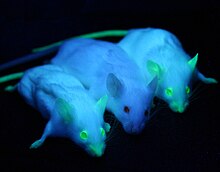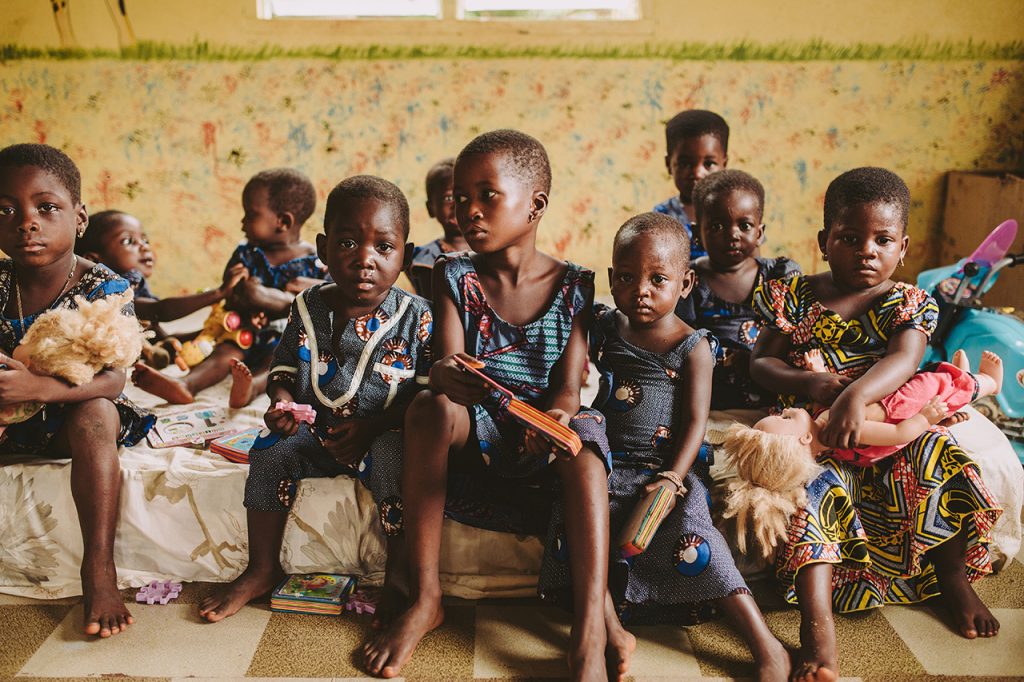Author Archives: victorx2016
Narrative Essay Reflection
I think my intro to the story was pretty well done. It told a little about what my story is about without spoiling anything and i think that it was a pretty good hook. I tried using colons, which I rarely use but was able to use it correctly. Another thing i did well was how I left cliff hangers at the end of the paragraphs to engage the readers more. I know that I didn’t follow the Hero’s Journey very well. I couldn’t think of anything that can be used as a Hero’s Journey in my life, and besides, if I tried to use something that wasn’t this interesting, I wouldn’t have enjoyed writing this at all. I also rambled on about unnecessary details before getting to the main part of the story, and should also work on the “show don’t tell” part.
The Death of Mann
Chris Mann and his brother Thondee Mann owns a company. On the verge of being fired, Thondee Mann decided to murder his brother, Chris Mann. Now James Cordeen is on the case. I played Thondee, Jesse played James, and Ben played the suspect, Mr. Ben. We took a long time to create a story, which I took the lead in making. We had ideas on earthquakes, alcohol, the navy seals, but in the end, we came up with this story. We started filming on Monday, where it was raining. The rain screwed with our plan and we were not able to go outside to film the scene of the murder. We messed around, but we were able to finish filming most of the inside scenes. Jesse and I went to a friend’s house and had him to help us, and there we were able to finish filming my scenes. Tuesday stopped raining, so we went outside to film. We finished everything in half an hour. I’m doing the editing so I will edit everything at home. I had a difficult time editing since my software kept crashing, so I ended up staying up until 5am. But after I woke up the video corrupted, that caused me to stay home to re-render the video. It was a tight schedule, but I managed to upload it before class started.
Baked Egg in Ham Cup
Ingredients:
- 1 slice of ham, thin
- 1 egg
- 2 teaspoons of grated cheese (optional)
- 1 tablespoon of green onion, chopped (optional)
- smidge oil
- salt
- pepper
- Preheat oven to 375F.
- Oil your ramekin (or silpat cup or muffin tin).
- Place the ham inside of it, making a nice cup.
- Crack your egg into the center.
- Top with green onion and cheese (optional).
- Salt and pepper to taste.
- Bake for 12-15 minutes.
- Pop onto your plate and serve.
Eggs Benedict
Ingredients:
- 8 pieces of bacon or 4 pieces of Canadian bacon
- 2 tablespoons chopped parsley, for garnish
- 4 eggs
- 2 teaspoons white or rice vinegar
- 2 English muffins
- Butter
- Cook the bacon
- Bring poaching water to a simmer
- Make Hollandaise sauce in a blender
- Poach the eggs
- Toast English muffins
- Assemble your eggs benedict
Spinach, Feta, and Sun-Dried Tomato Omelet
Ingredients:
- 2 large eggs
- kosher salt and black pepper
- 1/2 tablespoon unsalted butter
- 1/2 cup spinach, chopped
- 2 tablespoons oil-packed sun-dried tomatoes, chopped
- 2 tablespoons crumbled Feta
- country bread, for serving
In a medium bowl, beat the eggs with a pinch each of salt and pepper. Melt the butter in a medium nonstick skillet over medium heat. Add the eggs and cook, stirring and tilting the pan, until just set, 2 to 3 minutes. Sprinkle with the spinach, sun-dried tomatoes, and Feta; fold the eggs over the filling. Transfer to a plate and serve with the bread.
https://www.simplyrecipes.com/recipes/eggs_benedict/
https://www.realsimple.com/food-recipes/browse-all-recipes/spinach-feta-tomato-omelet
Transgenic Animals
What is Biotechnology
Biotechnology is the use of artificial methods to change the genetic material of a living organism to produce different products and different functions. Biotechnology is commonly known as the scientific manipulation of living organisms, especially at the molecular level.
What are Transgenic Animals
Transgenic animals are when their genome has been deliberately altered by a gene or a group of genes from another species or breed. They are produced by numerous methods, the three basic methods are DNA micro-injection, retrovirus-meditated gene transfer, and embryonic stem cell-meditated gene transfer.

The Methods Used to Create Transgenic Animals
The most common method is through DNA microinjection. This is the process of taking the DNA of a different or same species and injecting it into the pronucleus of a fertilized ovum. Inserting the DNA is random and there is a high chance that injected gene will not insert itself into a site on the host DNA that will permit it’s expression.
Retrovirus-meditated gene transfer involves using retroviruses as vectors, an organism that transfers a disease from one animal to the genetic materials or a cell, to another. A retrovirus is a single-stranded positive-sense RNA virus with a DNA intermediate and, as an obligate parasite, targets a host cell. Offspring from this method are chimeric, and not all cells carry the retrovirus.
Embryonic stem-cell mediated gene transfer involves prior insertion of the desired DNA into totipotent stem cells from the embryo (stem cells that can develop into any type of specialised cell). This method results in a chimeric animal; animals that are produced by the merging of multiple fertilised eggs.

Uses of Transgenic Animals
Transgenic animals are normally used for experiments and research in laboratory. Over 95% of these animals are rodents, mainly mice. They are best used as models in biomedical research for the research of human diseases, but are also used for agriculture and industry.
Transgenic animals can be used to cure diseases such as diabetes. The method used is called transplantation which takes the cells in the animal that produce insulin, which is made from beta cells in the pancreas and transplanting it to the diabetes patients so they won’t have to inject the insulin. They can also be used to replace people’s hearts, liver, or kidney, this process is called xenotransplantation. Transgenic pigs are used for that process, currently the process is hampered by a pig protein but research is underway to replace that with a human protein. This form of biotechnology is giving us better medical treatments and will also be improved in the future.

In this picture, a mouse grew an ear on its back which can be cut off and donated to someone who needs an ear.
Agriculture was time-consuming for farmers but now that the molecular biology was made, it was easy to develop traits in animals in a shorter period and with more precision which is an easy way for farmers to increase yields. The quality of products that animals produce has also improved to be healthier. For example, transgenic cows are able to produce a natural protein in their milk that kills the bacteria that cause animal mastitis which is inflammation of the mammary gland in the breast or udder. Pigs and cattle that have more meat on them, sheep that produces more wool also exists.

In 2001, two scientists at Nexia Bio-technologies in Canada spliced spider genes into the cells of lactating goats. The goats began to manufacture silk along with their milk and secrete tiny silk strands from their body. The silk can be weaved into threads, and the scientists can use that to make products such as military uniforms, medical micro-sutures, and tennis racket strings.
In conclusion, transgenic animals play a critical role in developing and creating new drugs for diseases, as well as providing food that has more nutrients and products that are better quality.
Sources
http://learn.genetics.utah.edu/content/science/transgenic/
http://www.whatisbiotechnology.org/science/transgenic
http://people.ucalgary.ca/~browder/transgenic.html
https://www.embibe.com/learn/biology/concept-retrovirus-mediated-gene-transfer-5709
http://www.actionbioscience.org/biotechnology/margawati.html
https://www.bio.org/articles/genetically-engineered-animals-frequently-asked-questions
https://en.wikipedia.org/wiki/Genetically_modified_organism
http://www.animalresearch.info/en/medical-advances/diseases-research/diabetes/
Social Justice Poem
Poverty
Poverty,
It’s like the darkness,
It’s not a thing,
But it’s something that we lack.
It’s a curse of human society,
And prevails where injustice is.
Poverty,
It’s pollution that causes climate change,
It’s what we create.
We recognize the danger,
Yet we do nothing to stop it.
Poverty,
It’s like being stuck in the middle of the ocean,
Trying to find a way out.
Their cold and wet bodies,
Desperately trying to search for an exit,
A doorway out of hell.

Where I’m From
I am from chopsticks,
From rice and noodles.
I am from the basement in my house,
(Dark, boring, smells like air.)
I am from dandelions,
Whose colours are yellow, just like me.
I’m from sticks and eyeglasses,
From Anna and Ben.
I’m from the doctors and lawyers,
From eat and sleep.
I’m from the foods that we eat on Chinese New Years.
I’m from Paris and China,
Hotpots and dumplings.
From the time my parents spent for me,
The happiness my sister shared with me.
In my parent’s drawer there is an album,
Full of pictures that represent precious memories.
The Human Condition
Human
In the Human documentary directed by Yann Arthus-Bertrand, a Jewish lady tells the story of her experience as a baby while they were at war. A German officer entered the ghetto one night. Since her mother isn’t able to take proper care of her she asked the officer if he can take care of her. The German officer had no reason to take up on that offer by the Jewish lady, but took the baby with him. This man named Alois Pleva works for the German army and lives by the German border, he went out of his way to save a Jewish baby from a woman he’s never met before. He took the baby to his parents at the border between Poland and Germany and they raised her in the purest Catholic tradition until the end of the war. This video shows that in times of conflict, extreme hardships, human are able to trust one another. What the German officer did showed hope in what we call human folly.
Getting to Know You
My top intelligence is spatial, where I can remember things visually. I agree with what the response says, I have a very good memory so it is the best for me to learn things visually. I am somewhat good at drawing and I learn from watching others. In second for my intelligence is body movement, I learn from doing fun activities that involve movement. I am good at sports, and games that involve small movements and fast reflexes, therefore I have good motor skills. I am also a social learner, I like to work in groups where I find it a lot easier to learn. I learn from my group and I take and share my ideas with them. I am alright socializing with others, I like to stay in my comfort zone with people I know but I am alright with talking to new people. I am also somewhat an interpersonal and logical learner, but I would say that I am mostly a spatial and kinesthetic learner. Usually I only actually try to learn things when I am interested in the topic, otherwise I wouldn’t get a clear understanding of what I learned.



